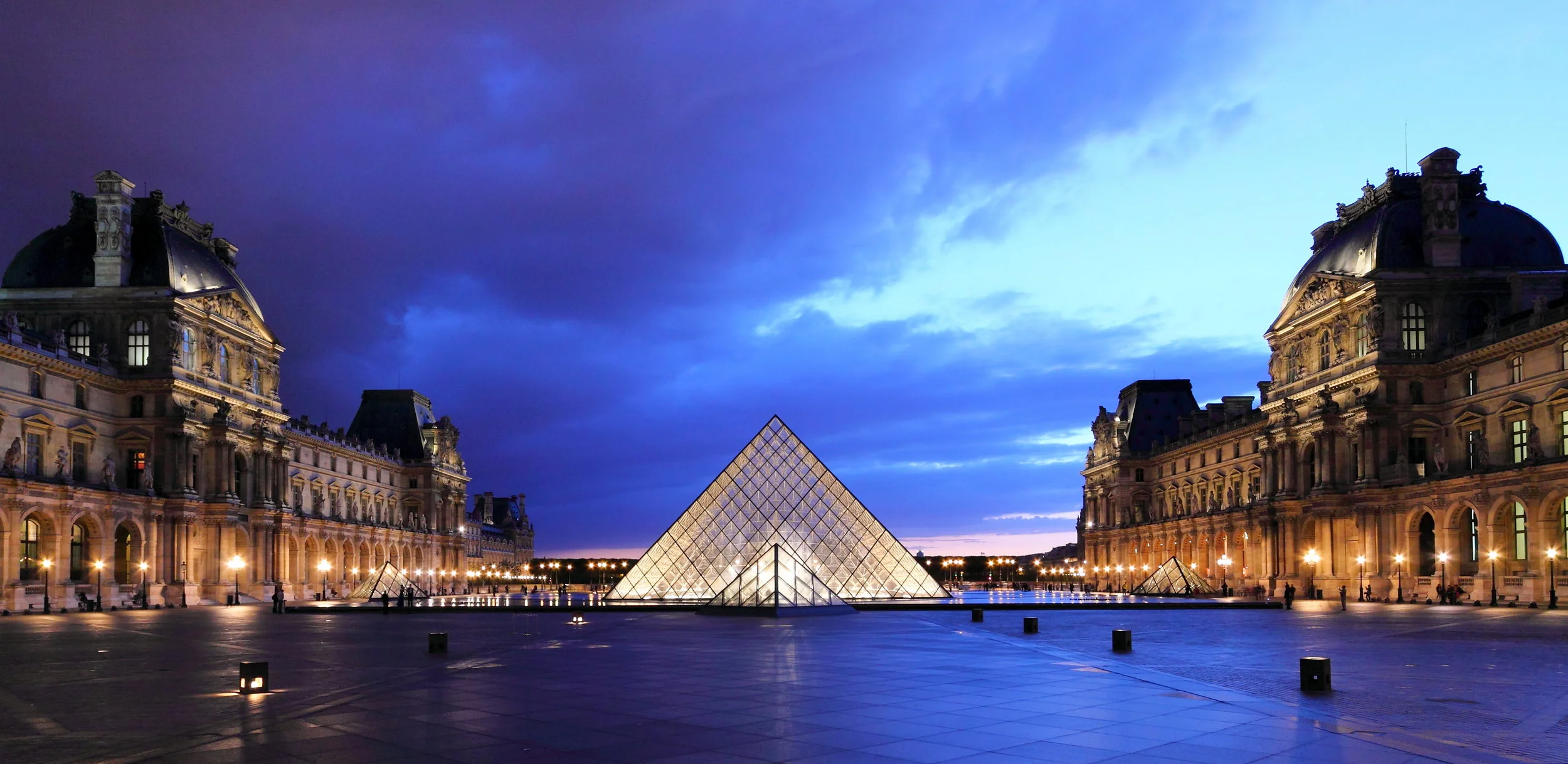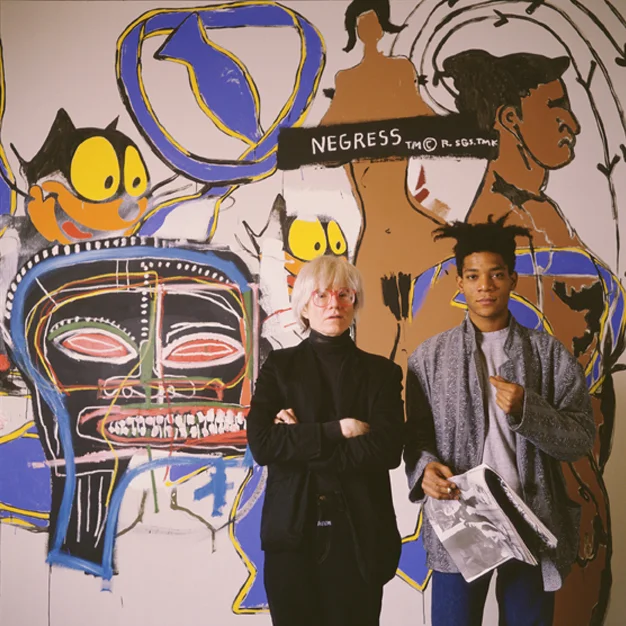This N' That: Keep In The Know With Photography News
Bus Station with Elephant in Dust. © Nick Brandt
By Ashley Yu
2019 Photo London Opens Amid Brexit Crisis
The 5th edition of the annual Photo London fair opens this week in the Somerset House. Focusing on emerging trends and unseen artwork, the fair continues its long-standing aim to support young gallerists and artists. Some of Britain’s top independent photography businesses have feared the repercussion of Brexits and are planning to move operations within the European Union. However, London’s auction houses show strong figures at recent sales, such as the sale of El Lissitzky’s Self Portrait for over £900,000. The UK photography market seems to remain relatively stable.
The galleries on exhibition are selected by an expert Curatorial Committee led by Philippe Garner. Prominent Art Consultant, Tristan Lund, has also contributed greatly to the overall curation of this year’s fair. This edition of Photo London involves almost 100 galleries from 21 different countries, including Austria, Latvia, Taiwan and the Norway.
Meanwhile, the fair’s widely acclaimed Discovery section features a selection of 23 galleries, including up-and-coming ALMANAQUE fotográfica (Mexico), Galerie Binome (Paris) and Spazio Nuovo (Rome). Stephen Shore has also been announced as the Master of Photography and will be the subject of a special exhibition, dedicated to his new body of work taken in LA in 1969.
Courtesy of Wikimedia Commons
The Met Sacks the Sackler Fund
As the fights continue over the funding of numerous museums and their moral culpability all over the globe, the Met and the American Museum of Natural History follow Tate Modern, amongst other institutions, to distance themselves from the Sackler Fund. Both those New York-based museums will stop accepting gifts from the Sacklers and associated foundations, in light of recent controversy.
Throughout these past months, it has been revealed that the Sacklers’ family company, Purdue Pharma, put the painkiller Oxycontin on the market in 1996 and some members of have been accused of misleading the public on the dangers of the drug. The accountability of the Sacklers come under extreme scrutiny, especially during the national opioid crisis that has become the leading cause of death in America. One branch of the Sackler family, the descendents of Arthur Sackler maintain that they have never benefited directly from the sale of Oxycontin. Arthur’s brothers purchased their shares in Purdue long before the release of the drug on the market. With over 1,500 lawsuits against Purdue Pharma, the Sackler Trust will cease philanthropic donations, despite having contributed $80 million to the arts since 2010.
Under the new direction of Max Hollein, the Met has also modified their new rules, regarding the acceptance of gifts. In a previous interview with artnet News, he states, “it’s clear that if you are one of the leading museums in the world...that means you have to have a morally sublime attitude not only about how the institution is set up...but also that its fundraising and funding is based on a clear set of values.”
Susan Meiselas, Mistresses Solitaire and Delilah II, The Dressing Room. NYC, USA. From the series Pandora’s Box, 1995. ©Susan Meiselas/Magnum Photos
2019 Deutsche Börse Photography Foundation Prize
Susan Meiselas has been awarded the £30,000 prize for her retrospective at the Jeu de Paume in Paris. The US photographer, who is also a Magnum member, was announced as the winner at an awards ceremony in The Photographer’s Gallery in London.
Meiselas’ retrospective, titled Meditations, exhibits her wide range of photographic subjects, as well as her unique philosophy and methods for documentary photography. After a successful show in Paris, it travelled to the San Francisco Museum of Modern Art, where it was 2018’s most popular photography show. Meiselas is most known for her coverage of the Nicaraguan revolution in the 70s and for her book Carnival Strippers that documented dancers at a fair in New England.
The director of the Photographer’s Gallery, Brett Rogers, praised Meiselas for her “consistent approach to the medium and her personal investment in the stories, histories and communities she documents...for socially engaged photography.”
The jury for this year’s Deutsche Börse prize comprised of Sunil Gupta, artist and cultural activist; Diane Dufour, director of Paris’ Le Bal; Felix Hoffman, the chief curator of C/O Berlin; and Anne-Marie Beckmann, director of the Deutsche Börse Photography Foundation.
Space Signs Number 3 by Robert S. Neuman. Painted in 1968
The Knoedler Gallery Sued for Selling Frauds
As news of the Abstract Expressionist forgery ring continues to linger, the former owner of the infamous Knoedler Gallery, Michael Hammer, is set to have a court appearance in Manhattan in July. Hammer may be held liable for the fakes that he sold for tens of millions of dollars.
Filed by Francis Hamilton White, the parent company and the Martin Hilti Family Trust, the lawsuit is still in process. In 2000, White and her then-husband purchased a fake Pollack worth $3.1M while in 2001, the trust spent $5.5M on a fake Rothko.
Though claims of Hammer’s racketeering and fraud have been dismissed due to lack of evidence, Plaintiffs will continue this legal battle with Hammer for commingling between his personal and business finances. It is claimed that Hammer took $2M from the business to purchase seven luxury cars then, keeping the money he made after selling two of them.
The Knoedler Gallery was founded in 1846 and collapsed in 2011 when it was revealed that between 1994 and 2009, Abstract Expressionist paintings, such as those of Rothko and de Kooning, were forged by Chinese immigrants in Queens. These forgeries were given to the gallery by art dealer Glafira Rosales.
Meriem Bennani, Siham & Hafida (2017). Image courtesy the artist. Photo: Jason Mandella.
Whitney Biennial: Yay or Nay?
As Biennial/festival season comes around, the 79th edition of the Whitney Biennial has been criticized for its lukewarm attitude. While artnet News described it as filled with “intellectual dispassion,” while critic Linda Yablonsky said that “it is missing a radical spirit.” All such criticism come as a surprise, considering the prestigious event’s history with exhibiting controversial art and the weeks-long protests against vice chair Warren B. Kanders. Kanders remains on the Board of Trustees, despite public outrage towards his role as CEO of Safariland--a weapons manufacturer that supplied tear gas to militants to control migrants at the Mexican border and in recents conflicts over Palestine.
Writing for the Art Newspaper, Yablonsky states that “for an exhibition that aligns with the politics of resistance, it doesn’t ruffle any feathers. Some artists in the show identify as activists, but there are no revolutionaries among them.” Regarding the a film that explored Kanders’ controversy, she says that it “comes off as slick propaganda--advertising to sell justified outrage.”
The aforementioned film is a 15-minute documentary titled Triple Chaser, narrated by the lead singer of Talking Heads and directed by London-based collective Forensic Architecture. The film is named after the Safariland-manufactured tear gas grenade. Using a form of Artificial Intelligence known as computer vision, Forensic Architecture uses software to identify those grenades in action, after painstakingly manual input of conflict footage. It is possible that Kanders could be indicted with war crimes. Whether or not that is “propaganda” in a boring exhibition, that’s up to you.
Courtesy of Wikimedia Commons.
I.M. Pei, architect of the Louvre Pyramid, passes at age 102
Pritzker-Award winning architect Ieong Ming Pei has passed away at the age of 102. Pei is survived by 4 children.
Born in Guangzhou, China in 1917, Pei is renowned for his numerous architectural feats, including the Louvre Pyramid, the Mesa Laboratory in Colorado, the Rock and Roll Hall of Fame in Cleveland, and the Bank of China Tower in Hong Kong, among others. Having grown up in Hong Kong and Shanghai, Pei learnt rudimentary English from Charles Dickens novels and the Bible. The architect in Shanghai, known as “the Paris of the East,” had a profound influence on Pei as a child. Arriving in San Francisco by boat in 1935, he abandoned architectural studies in University of Pennsylvania and graduated from the Massachusetts Institute of Technology with a degree in engineering. He later returned to landscape architecture at Harvard’s prestigious Graduate School of Design, where he studied with the Bauhaus architects Walter Gropius and Marcel Breuer. However, his studies were suspended with the outbreak of WWII.
After working for the real estate magnate William Zeckendorf in New York, he established his independent design firm in 1955, now named Pei Cobb Freed & Partners. Upon his retirement in 1990, he still continued to help his son’s architectural firm Pei Partnership Architects.
Unlike today’s architects who have distinct signature styles, Pei revelled in experimenting with diverse scales and materials and enjoyed the greater freedom. Yet Pei seems to gravitate towards tessellation, geometry, transparency, and light. Having completed the Louvre Pyramid in 1989, Pei was met with polarized opinions but it is now an iconic part of the Parisian landscape.
Courtesy of artnet News. ©Paolo Parisi
A Basquiat Comic Book?
Published by Laurence King in the UK, the new graphic novel traces the rise of prolific artist Jean-Michel Basquiat from street-graffiti-urchin to one of the most famous artist in the international art world. This graphic novel is illustrated by Paolo Parisi, who also wrote and illustrated the biopics on John Coltrane and Billie Holliday.
From a newly released autobiography from Basquiat’s girlfriend to his retrospective in the new Brandt Foundation, it appears to be part of a resurgence and mainstream popularization of the eccentric artist. The new graphic novel explores his contentious relationship with art dealers, including Mary Boone and Larry Gagosian, as well as his symbiotic relationship with Andy Warhol and his eventual death by overdose. The narrative of the graphic novel reveals the exploitative nature of the art world and its consequences on his psyche. Considering Basquiat’s dramatic life, the graphic novel is drawn with the same bright primary colors that Basquiat’s work revolved around.














